Mathew Brady―Documentarian
by Bob Brooke
If it weren’t for Mathew
B. Brady, most people today wouldn’t have any idea of the horrors of the
American Civil War. He was the first to use the medium of photography to
document an historic event that changed a nation. And while the
thousands of Civil War photographs that bear the Mathew Brady’s name are
well known. What isn’t known is that he most likely took very few of
them himself.
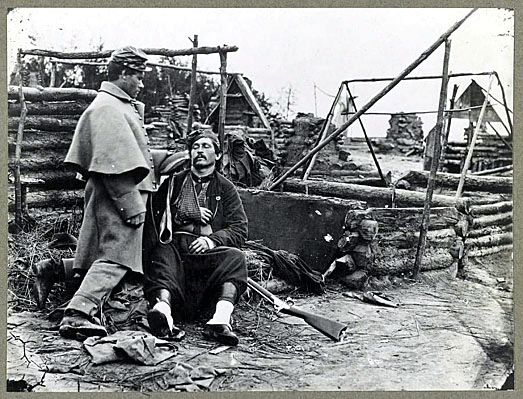
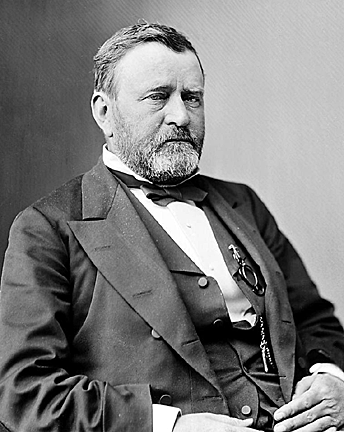 Like
the leading artists of the Renaissance such as Leonardo da Vinci and
Michelangelo, and current ones like glass artist Dale Chihuly, the end
result for Brady was the culmination of work of a talented team of
assistants, most of whom eventually struck out on their own. But Brady
was the mastermind who directed what they should photograph and how they
should do it. Like
the leading artists of the Renaissance such as Leonardo da Vinci and
Michelangelo, and current ones like glass artist Dale Chihuly, the end
result for Brady was the culmination of work of a talented team of
assistants, most of whom eventually struck out on their own. But Brady
was the mastermind who directed what they should photograph and how they
should do it.
Brady, himself, photographed and made portraits of many senior Union
officers in the War, including Ulysses S. Grant, Ambrose Burnside,
George Custer, William Sherman, On the Confederate side, Brady
photographed: Jefferson Davis, P. G. T. Beauregard, Stonewall Jackson,
Robert E. Lee, and others.
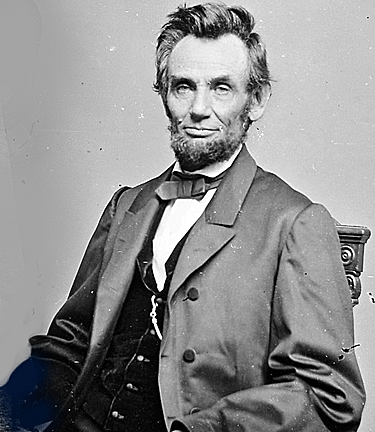 Brady
dealt directly with only the most distinguished subjects, while his
assistants carried out all other portrait sessions. He photographed 18
of the 19 American presidents from John Quincy Adams to William
McKinley. The exception was the 9th President, William Henry Harrison,
who died in office three years before Brady started his photographic
collection. Brady photographed Abraham Lincoln on many occasions. His
Lincoln photographs have been used for the $5 bill and the Lincoln
penny. One of his Lincoln photos was used by the National Bank Note
Company as a model for the engraving on the 90-cent Lincoln Postage
issue of 1869. Brady
dealt directly with only the most distinguished subjects, while his
assistants carried out all other portrait sessions. He photographed 18
of the 19 American presidents from John Quincy Adams to William
McKinley. The exception was the 9th President, William Henry Harrison,
who died in office three years before Brady started his photographic
collection. Brady photographed Abraham Lincoln on many occasions. His
Lincoln photographs have been used for the $5 bill and the Lincoln
penny. One of his Lincoln photos was used by the National Bank Note
Company as a model for the engraving on the 90-cent Lincoln Postage
issue of 1869.
Although best known for his photographs of the War, Brady had
established himself as one of the country’s preeminent photographers
long before the first shots rang out at Fort Sumter in 1861.
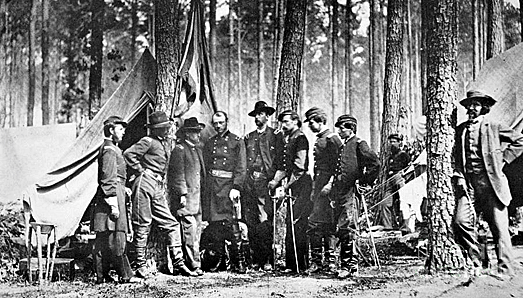
Brady was one of the earliest and most famous photographers in America.
Best known for his scenes of the Civil War, he studied under inventor
Samuel Morse, who pioneered the daguerreotype technique in America.
Brady opened his own studio in New York City in 1844.
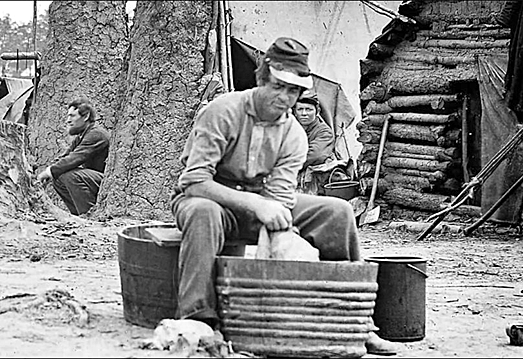
When the Civil War began, Brady's use of a mobile studio and darkroom
enabled thousands of vivid battlefield photographs to bring home the
reality of the War to the public.
Mathew Brady’s Early Years
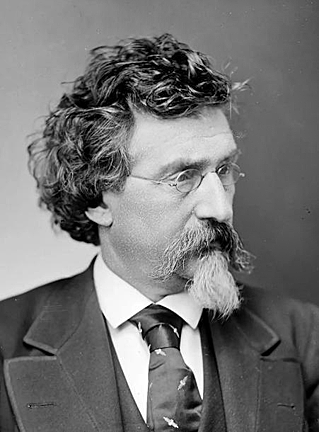 Brady
was born between 1822 and 1824 in Warren County, New York, near Lake
George. He was the youngest of three children to Irish immigrant
parents, Andrew and Samantha Julia Brady. In official documents before
and during the Civil War, however, he claimed to have been born in
Ireland. Brady
was born between 1822 and 1824 in Warren County, New York, near Lake
George. He was the youngest of three children to Irish immigrant
parents, Andrew and Samantha Julia Brady. In official documents before
and during the Civil War, however, he claimed to have been born in
Ireland.
At age 16, Brady moved to Saratoga, New York, where he met portrait
painter William Page and became Page's student. In 1839, the two
traveled to Albany, and then to New York City, where Brady continued to
study painting with Page and with Samuel Morse, Page's former teacher.
Morse had met Louis Jacques Daguerre in France in 1839, and returned to
the US to enthusiastically push the new daguerreotype invention of
capturing images. At first, Brady only made the leather cases that held
the daguerreotypes. But when Morse opened a studio and offered classes;
Brady was one of the first students.
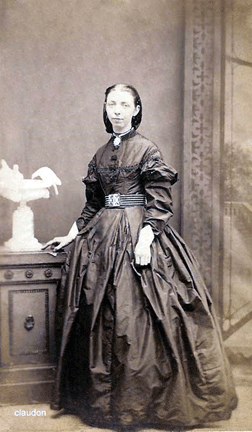 In
1844, Brady opened his own photography studio, the Daguerrean Miniature
Gallery, at the corner of Broadway and Fulton Street in New York City.
He immediately began to set himself apart from the dozens of other New
York daguerreotype photographers, winning the top prize for a
daguerreotype in the American Institute’s annual fair that same year. In
1844, Brady opened his own photography studio, the Daguerrean Miniature
Gallery, at the corner of Broadway and Fulton Street in New York City.
He immediately began to set himself apart from the dozens of other New
York daguerreotype photographers, winning the top prize for a
daguerreotype in the American Institute’s annual fair that same year.
By 1845, he began to exhibit his portraits of famous Americans,
including that of Senator Daniel Webster and writer Edgar Allan Poe. In
1849, he opened a studio at 625 Pennsylvania Avenue in Washington, D.C.
in the 1850s, ambrotype photography became popular, which gave way to
the albumen print, a paper photograph produced from large glass
negatives most commonly used in his Civil War photography.
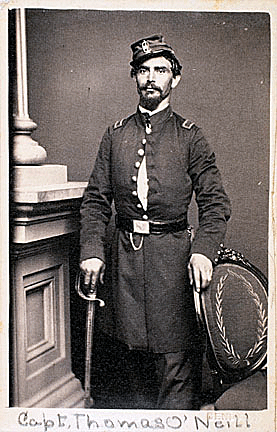 In
1850, Brady produced The Gallery of Illustrious Americans, a portrait
collection of prominent contemporary figures. Unfortunately, the album,
which featured noteworthy images including the elderly Andrew Jackson at
the Hermitage, wasn’t a financial success but did increase attention to
Brady's work and artistry. In 1854, Parisian photographer André-Adolphe-Eugène
Disdéri popularized the carte de visite, and these small pictures—the
size of a visiting card—quickly became a popular novelty. In
1850, Brady produced The Gallery of Illustrious Americans, a portrait
collection of prominent contemporary figures. Unfortunately, the album,
which featured noteworthy images including the elderly Andrew Jackson at
the Hermitage, wasn’t a financial success but did increase attention to
Brady's work and artistry. In 1854, Parisian photographer André-Adolphe-Eugène
Disdéri popularized the carte de visite, and these small pictures—the
size of a visiting card—quickly became a popular novelty.
In 1856, Brady placed an ad in the New York Herald offering to produce
"photographs, ambrotypes and daguerreotypes." This inventive ad
pioneered, in the United States, the use of typeface and fonts that were
distinct from the text of the publication and from that of other
advertisements.
Documenting the Civil War
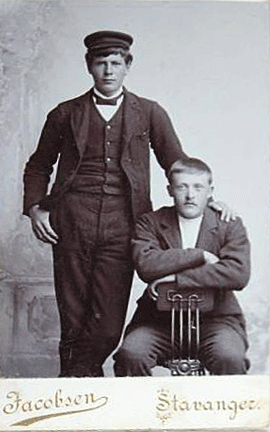 At
the start of the Civil War, Brady saw a brisk increase in sales of
cartes de visite to departing soldiers. Brady promoted to parents the
idea of capturing their young soldiers' images before they might be lost
to war. But he soon became interested in documenting the War, itself. He
first applied to an old friend, General Winfield Scott, for permission
to have his photographers travel to the battle sites, and eventually he
made his application to President Lincoln himself. Lincoln granted
permission in 1861, with the provision that Brady finance the project
himself. At
the start of the Civil War, Brady saw a brisk increase in sales of
cartes de visite to departing soldiers. Brady promoted to parents the
idea of capturing their young soldiers' images before they might be lost
to war. But he soon became interested in documenting the War, itself. He
first applied to an old friend, General Winfield Scott, for permission
to have his photographers travel to the battle sites, and eventually he
made his application to President Lincoln himself. Lincoln granted
permission in 1861, with the provision that Brady finance the project
himself.
His efforts to document the Civil War on a grand scale by bringing his
photographic studio onto the battlefields earned Brady his place in
history. Despite the dangers, financial risk, and discouragement by his
friends, Brady was determined.
He employed Alexander Gardner, James Gardner, Timothy H. O'Sullivan,
William Pywell, George N. Barnard, Thomas C. Roche, and 17 other men,
each of whom was given a traveling darkroom, to go out and photograph
scenes from the Civil War. Brady generally resided in Washington, D.C.,
where he organized his assistants and rarely visited battlefields
personally. Brady acted as the director. This may have been due, at
least in part, to the fact that Brady's eyesight had begun to
deteriorate in the 1850s.
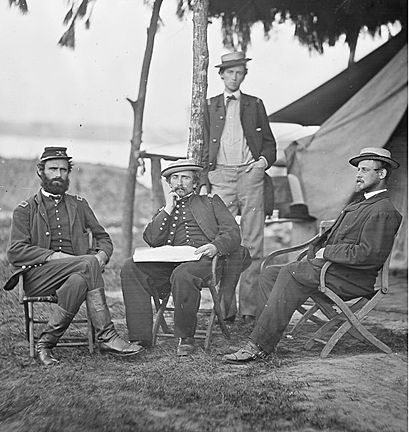 When
the Union army advanced into Virginia in July 1861, Brady followed. But
he returned without any battlefield images. He was forced to flee back
to Washington along with the entire army when the Confederates routed it
at the First Battle of Bull Run. When
the Union army advanced into Virginia in July 1861, Brady followed. But
he returned without any battlefield images. He was forced to flee back
to Washington along with the entire army when the Confederates routed it
at the First Battle of Bull Run.
His first popular photographs of the conflict were at the Second Battle
of Bull Run, in which he and his team got so close to the action that
they barely avoided capture. While most of the time the battle had
ceased before photographs could be taken, Brady and his assistants came
under direct fire at Bull Run, Petersburg, and Fredericksburg.
In October 1862, Brady
opened an exhibition of photographs from the Battle of Antietam in his
New York City gallery, titled The Dead of Antietam. It consisted of
shocking and gruesome photographs of dead American soldiers as they fell
on the battlefield of Antietam, captured by his Washington gallery
manager Alexander Gardner. This was the first time that many Americans
saw the realities of the War in photographs, as distinct from previous
artists' impressions.
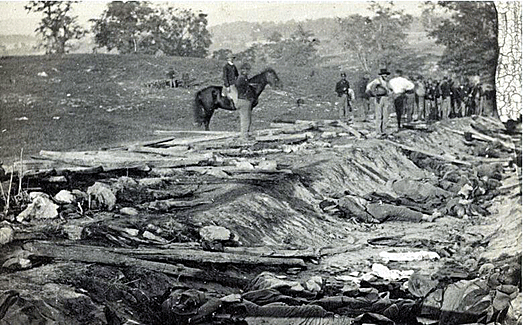
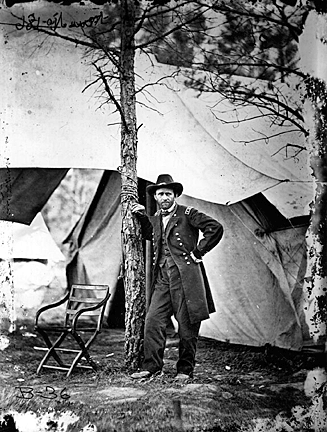 Through
his many paid assistants, Brady took thousands of photos of Civil War
scenes. Much of the popular understanding of the war comes from these
photos. There are thousands of photos in the National Archives and the
Library of Congress taken by Brady and his associates. The photographs
include Lincoln, General Ulysses S. Grant, and soldiers in camps and on
the battlefields. The images provide a pictorial cross reference of
Civil War history. Brady wasn’t able to photograph actual battle scenes,
as the photographic equipment in those days was cumbersome and still in
the infancy of its technical development, requiring that a subject be
still for a clear photo to be produced. Through
his many paid assistants, Brady took thousands of photos of Civil War
scenes. Much of the popular understanding of the war comes from these
photos. There are thousands of photos in the National Archives and the
Library of Congress taken by Brady and his associates. The photographs
include Lincoln, General Ulysses S. Grant, and soldiers in camps and on
the battlefields. The images provide a pictorial cross reference of
Civil War history. Brady wasn’t able to photograph actual battle scenes,
as the photographic equipment in those days was cumbersome and still in
the infancy of its technical development, requiring that a subject be
still for a clear photo to be produced.
Brady’s ambitious efforts frequently put him in financial straits. This
may have prompted Gardner to resign from Brady’s employ to open his own
Washington gallery in May 1863. Her took with him many of the 1861 to
1862 “Incidents of the War” negatives, including all of the Antietam
images. Key Brady photographers, including James Gibson and Timothy
O’Sullivan, also went with him.
During the War, Brady’s gallery produced and sold Civil War photos by
the hundreds, but so did Gardner and other photographers Following the
conflict, a war-weary public lost interest in seeing photos of the war,
and Brady's popularity and practice declined drastically.
Financial Hardship After the War
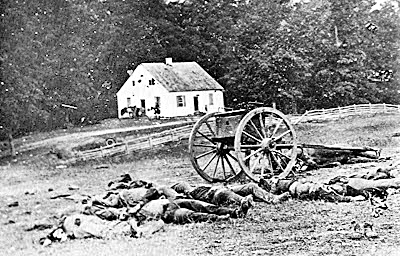 During
the war, Brady spent over $100,000 to create over 10,000 plates. He
expected the U.S. government to buy the photographs when the Civil War
ended. Despite a recommendation from Congress' Joint Committee on the
Library, the Government refused to do so, and Brady had to sell his New
York City studio and file for bankruptcy. In 1875, the U.S. Government
paid Brady $25,000 for the remaining Civil War photographs in his
possession, but he remained deeply in debt. During
the war, Brady spent over $100,000 to create over 10,000 plates. He
expected the U.S. government to buy the photographs when the Civil War
ended. Despite a recommendation from Congress' Joint Committee on the
Library, the Government refused to do so, and Brady had to sell his New
York City studio and file for bankruptcy. In 1875, the U.S. Government
paid Brady $25,000 for the remaining Civil War photographs in his
possession, but he remained deeply in debt.
In 1895, now in his 70s,
Brady’s health began to decline after he was struck by a horsecar in
Washington and suffered a broken ankle. He recovered well enough to move
to New York and begin preparing an illustrated lecture of his Civil War
photos for a presentation at Carnegie Hall. It was scheduled for January
30, 1896. Brady died penniless in the charity ward of Presbyterian
Hospital in New York City on January 15, 1896 from complications from a
car accident. Civil War veterans of the 7th New York Infantry paid for
his funeral and buried him in the Congressional Cemetery in Washington,
D.C.
<
Back to Special Features Archives
Next Article
> |
